500 Hours Ashtanga Vinyasa Yoga Teacher Training in Goa India
Overview
Our 500-hour Yoga Teacher Training at Yoga8Limbs in South Goa spans over two months and is designed for those who wish to immerse themselves in the traditional teachings of yoga. This training provides a holistic approach, building a strong foundation for yoga practice. Trainees will undergo back-to-back 200-hour and 300-hour yoga teacher training sessions, with a short break in between for personal practice and self-study. Throughout the course, we prioritize personal and spiritual growth by incorporating spirituality into the yoga practice.
The curriculum includes meditation, yoga nidra, yoga anatomy, yoga philosophy, asana practices, pranayama, and cleansing techniques. We emphasize Hatha and Ashtanga Vinyasa yoga for asana practices. This intensive course is carefully designed to provide a supportive, safe, and comfortable learning environment. By the end of the 500-hour yoga teacher training, you will become an advanced yoga instructor and earn an RYT 500 certification—the highest level of qualification for becoming a well-rounded and experienced yoga teacher.
After registering with Yoga Alliance, you will be recognized as a certified trainer with the 500-hour Yoga TTC, qualified to teach yoga worldwide. Join us at Yoga8Limbs to unlock the wisdom of yoga and experience tranquility, peace, and blissfulness.
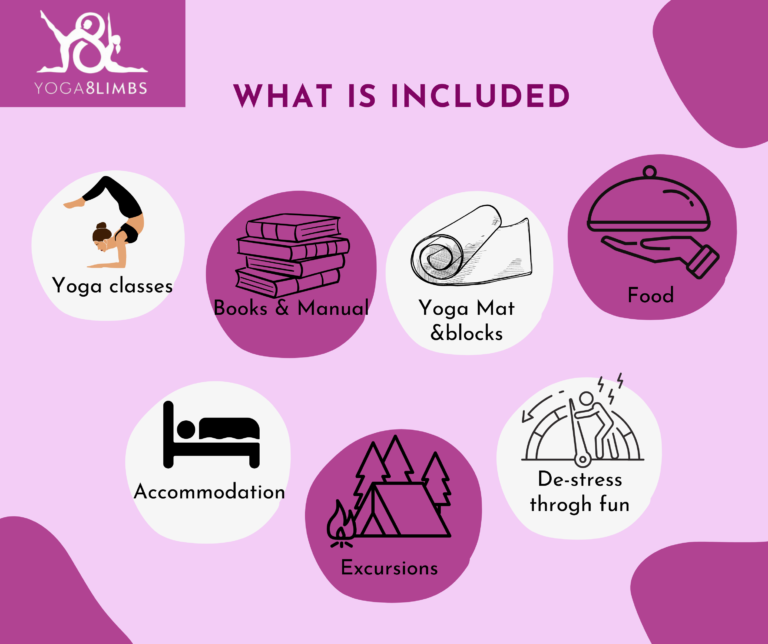
Eligibility for 500-hour Yoga Teacher Training Course (YTTC)
- Beginner to intermediate-level students can join this course.
- You can even enrol for the course if you have already completed any basic yoga course.
- The classes are delivered in English, so you must understand English
Curriculum for 200-hour Yoga Teacher Training Course (YTTC):
The Yoga8Limbs curriculum adheres to the standards set by Yoga Alliance, USA for 200-hour yoga teacher training. It has been carefully designed by experienced and knowledgeable yoga instructors, covering the following key subjects:
Techniques, Training & Practice
Traditional Hatha Yoga
- Historical contexts of hatha yoga
- Surya Namaskar (Sun Salutation)
- Chandra Namaskar (Moon Salutation)
- Pawan Muktasana series A, B, C
~ Asanas (Postures)
- Standing Asanas
- Vajrasana Group of Asanas
- Backward Bending Asanas
- Forward Bending Asanas
- Spinal Twisting Asanas
- Balancing Asanas
- Inverted Asanas
- Relaxation Asanas
~ Sequences
- Standing Sequence
- Kneeling Sequence
- Sitting Sequence
- Pronation Sequence
- Supination Sequence
- Inversion Sequence
- Twisting Sequence
- Hip-Opening Sequence
- Forward Bending Sequence
- Back Bending Sequence
Ashtanga Vinyasa Yoga
- Historical contexts of Ashtanga Vinyasa yoga, including different asanas.
- Ashtanga Primary series Asanas with the asana alignment & adjustment, variations, contraindications, breathing techniques and their benefits
- Surya Namaskar A (Sun salutation A) – 9 Vinyasas
- Surya Namaskar B (Sun salutation B) – 17 Vinyasas
- Standing asana series
- Sitting asana series
- Closing sequence
- Understanding & practice of Vinyasa Flow
Alignment & Adjustment
- Aspects of Yoga Alignment
- Various Principles of Hands-Adjustments
- Practical lessons on Alignments & Adjustment of various Asanas
Pranayama / Breathing Practices
- Historical contexts of pranayama & subtle body.
- Understanding of pranayama effects on your body.
- Four Aspects of Pranayama
- The Pranic Body Five Major Pranas & Five Minor Pranas
- Nadis – Channels of Prana
- Ida Pingala and Sushumna
- Location of the Nadis
- Basic Understanding of Chakras
~ Different Types of Pranayama Practices
- Abdominal (or diaphragmatic) breathing
- Thoracic Breathing
- Clavicular Breathing
- Yogic Breathing
- Nadi Shodhana Pranayama/ Alternate Nostril Breathing
- Sheetali Pranayama/ Cooling Breath
- Sheetkari Pranayama
- Bhramari Pranayama
- Ujjayi Breathing
- Bhastrika Pranayama
- Kapalbhati Pranayama/ Frontal brain cleansing breath
- Surya Bhedi Pranayama
- Chandra Bhedi Pranayama
Mudras & Bandhas
~ Mudras (Hand Gestures)
- Five Element Theory
- Jnana Mudra (Psychic Gesture of Knowledge)
- Chin Mudra (Psychic Gesture of Consciousness
- Hridaya Mudra (Heart Gesture)
- Shoonya Mudra (Gesture of Emptiness)
- Apan Mudra (Digestion Gesture)
- Prana Mudra (Invocation of energy)
- Vayu Mudra (Gesture of Air)
- Prithvi Mudra (Gesture of Earth)
- Buddhi Mudra (Gesture of Intellect)
~ Bandhas (Energy Lock)
- Jalandhara Bandha (throat lock)
- Moola Bandha (perineum contraction)
- Uddiyana Bandha (abdominal contraction)
- Maha Bandha (the great lock)
Meditation
- History and philosophy of meditation.
- What is Meditation
- Preparation for Meditation
- Asanas for Meditation
- Mudra & Bandhas for Meditation
Different Types of Meditation Practices
- Mantra Meditation
- Guided Meditation
- Mindfulness Meditation
- Loving Kindness Meditation
- Inner Silence Meditation
- Progressive Muscle Relaxation Meditation
- Art Meditation
- Breath Awareness Meditation
- Emotional Awareness Meditation
- Raisin Meditation
- Trataka Meditation
- Chakra Meditation
- Yoga Nidra
Mantra Chanting
Mantra Practice with their meaning
- Ganesh Mantra
- Mahāmṛtyunjaya Mantra
- Invocation to Guru
- Shanti (Peace) Mantras
- Pranayama Mantra
- Universal Peace Mantra
- Invocation to Patanjali
- Hare Krishna Maha Mantra
Anatomy & Physiology
Yoga Anatomy, Physiology & Biomechanics
~ Anatomy & Physiology
- Levels of structural complexities
- Skeletal System
- Muscular System
- Nervous System
- Endocrine System
- Respiratory System
- Cardiovascular System
- Digestive System
~ Biomechanics
- Force Joint
- Movements
- Safe Movements
Yoga Humanities
History, Yoga Philosophy & Ethics
- History of Yoga
- Origination & Meaning of Yoga
- Different type of Yoga
- Gyana Yoga, Karma Yoga, Bhakti Yoga, Hatha Yoga, Raja Yoga
- The Eight Limbs of Yoga
- Understanding of Patanjali Yoga Sutras
- Understanding Bhagavad Gita
Professional Essentials
Teaching Methodology
- Sequencing
- Pace
- Environment & ambiance of a yoga class
- Yoga Cues
Teaching Practice
- Teaching/guiding a yoga class
- Command over teaching yoga
- Essential skills for teaching a yoga class
- Mentoring and feedback
Daily Schedule:
- Hatha Yoga: 06:00–07:30
- Pranayama: 07:40–08:30
- Breakfast: 09:00–09:45
- Yoga Philosophy: 11:00–12:00
- Alignment & Adjustments / Teaching Methodology: 12:00–13:00
- Lunch: 13:15–13:45
- Anatomy, Physiology & Biomechanics: 15:00–15:50
- Ashtanga Vinyasa Yoga: 16:00–17:30
- Meditation / Mantra Chanting: 17:40–18:30
- Dinner: 19:00–19:45
Note: The class schedule may vary based on certain factors.
Exam & Certification
This yoga certification course will be evaluated through a combination of practical exams, theoretical exams, written assessments, classroom participation, and observation during classes. At the end of the training, an exam will assess your teaching practices and overall yoga knowledge. Applicants must achieve the required marks to pass the exam. Full attendance and active participation in all course activities are mandatory to receive the certification.
Upon successful completion, you will receive an RYT 500 certificate from Yoga8Limbs, which allows you to register with Yoga Alliance. Once registered, you can begin your membership and teach yoga globally by visiting the Yoga Alliance website.
Total Course Fee (Including Room & Food)
Private Room
3399 USD (3̶7̶0̶0̶ ̶U̶S̶D̶
Shared Room
2399 USD (2̶7̶0̶0̶ ̶U̶S̶D̶)
Course Dates
| Month | Available Seats |
| 3rd Oct | 3 seats left |
| 3rd Nov | 5 seats left |
| 3rd Dec | 6 seats left |
| 6th Jan | 6 seats left |
| 3rd Feb | 5 seats left |
| 3rd Mar | 7 seats left |
Completing my 200-hour yoga training at Yoga8Limbs was truly worth the journey. The serene surroundings and expert teachers made it a transformative experience. I left feeling renewed and confident in my practice.

Yoga8Limbs gave me an amazing experience during the 200-hour yoga TTC. The teachers were supportive, and the peaceful environment made it the perfect place to learn. I highly recommend it to anyone looking for serious yoga training.

My time at Yoga8Limbs was unforgettable. The rooftop views were stunning, and the teachers were incredibly helpful throughout my asana practice. It’s the perfect escape from city life for deep yoga immersion.
Guide for Travelling to India
Visa
You would need a tourist Visa or an e-Visa to do the yoga course in India. You can get the visa for a duration ranging from 30 to 180 days depending on the visa you are applying for. Apply for a Visa
How to reach school
To reach Yoga8Limbs, start by booking a flight to Goa International Airport (GOI). From there, you can take a taxi directly to Yoga8Limbs, Here is the address: 449 Savanth House, Palolem Road Near Bandekar Restaurant, Agonda 403702 India
If you prefer to arrive via New Delhi, you can book a flight to Indira Gandhi International Airport (DEL) and then a domestic flight to Goa. After reaching to Goa, you can book a Cab to Agonda South Goa.
Weather
Weather Conditions in South Goa:
- October to February: Winter season, with pleasant temperatures and December and January being the coolest months.
- March to June: Summer season, where April and May can get quite hot, but coastal breezes help to keep things comfortable.
- July to September: Monsoon season, featuring occasional heavy rainfall, which rejuvenates the lush greenery of the region.
What to bring
You should bring your clothes and daily essentials. For yoga classes, it advised to bring yoga clothes. Apart from this, all other things required for the course will be provided by us.
Currency exchange
Currency exchange centers are available at the Airport or on the streets nearby our school.
Plugs in India
In India, we only use C, D, and M types of plugs.
Local sim card
You can buy an Indian sim from the market or airport with the help of your Passport and ID.
Frequently Asked Questions
What is the duration for 500 hour yoga teacher training?
The duration of 500-hour yoga teacher training is 2 months.
What Is The Difference Between 200 and 500-Hour Yoga Training?
The 200-hour course only covers beginner to intermediate topics and it will certify you to be a yoga teacher, whereas 500 hours covers beginners to advanced level topics and make you a certified teacher and also make you eligible to open a yoga school and give certification to your students.
What is the average age group of yoga students?
Most students are between 25 to 40. The rest are between 40 to 55.
Do you have certified teachers for this yoga teacher training?
Yes, we have a group of highly skilled and certified yoga teachers. All teachers have a Ph.D. or Masters in Yoga. Visit our teachers page to know more about our teaching team.
What Are The Benefits Of 500-Hour Yoga Teacher Training?
In our intensive 500-hour yoga training you will learn teaching techniques, pranayama breathing, yoga therapy, meditation, philosophy, yoga postures, etc. You will be able to strengthen your knowledge as well as become certified to teach or open a yoga teacher training school.
Is 500-Hour Yoga Teacher Training Worth It?
Yes, the 500-hour course is a complete yoga course where you will learn all aspects of yoga from beginner to advanced level. This course will make you eligible to teach yoga, as well as open your own yoga teacher training school once you have enough teacher experience.
Is There Any Age Limit to Join This 500-Hour YTTC?
The age limit for this 500-Hour YTTC is 15 to 60 years.
How Many Students will there In Your 500-Hour YTTC Batch?
We try to focus on each student to develop teaching skills. Our maximum batch strength is 15-20 per batch.
What topics are covered in the 500-hour teacher training program?
The course covers all the aspects of yoga such as asanas, meditation, pranayama, yoga philosophy, yoga anatomy, teaching methodology, yoga therapy.
How can I pay the remaining fee?
The remaining fee can be paid on arrival via cash, card, or PayPal.
What is the eligibility to attend the 500 hour course?
There is no specific qualification or previous experience needed to attend this course. However, 1–2 months of yoga practice is recommended before joining this course.

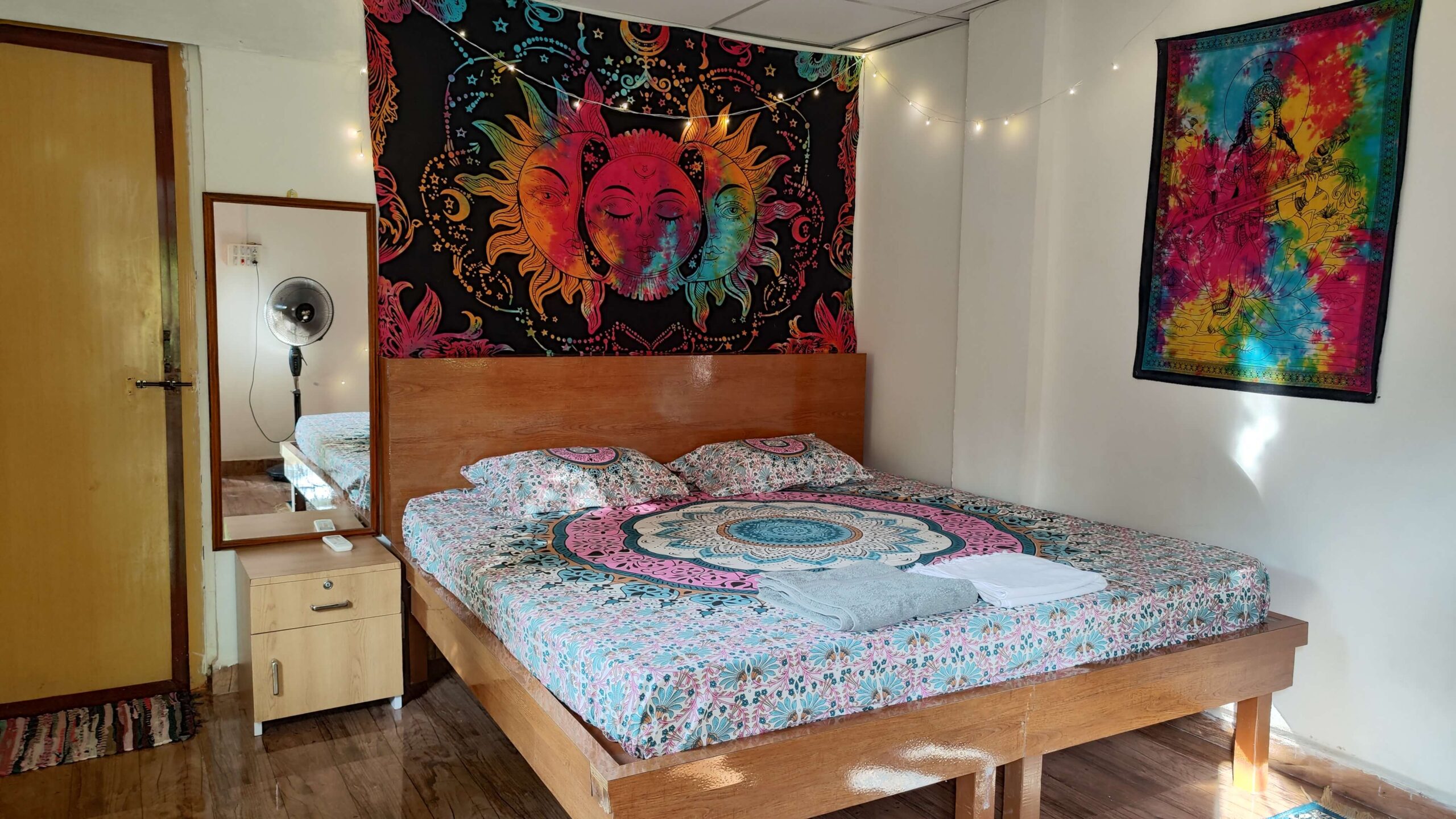
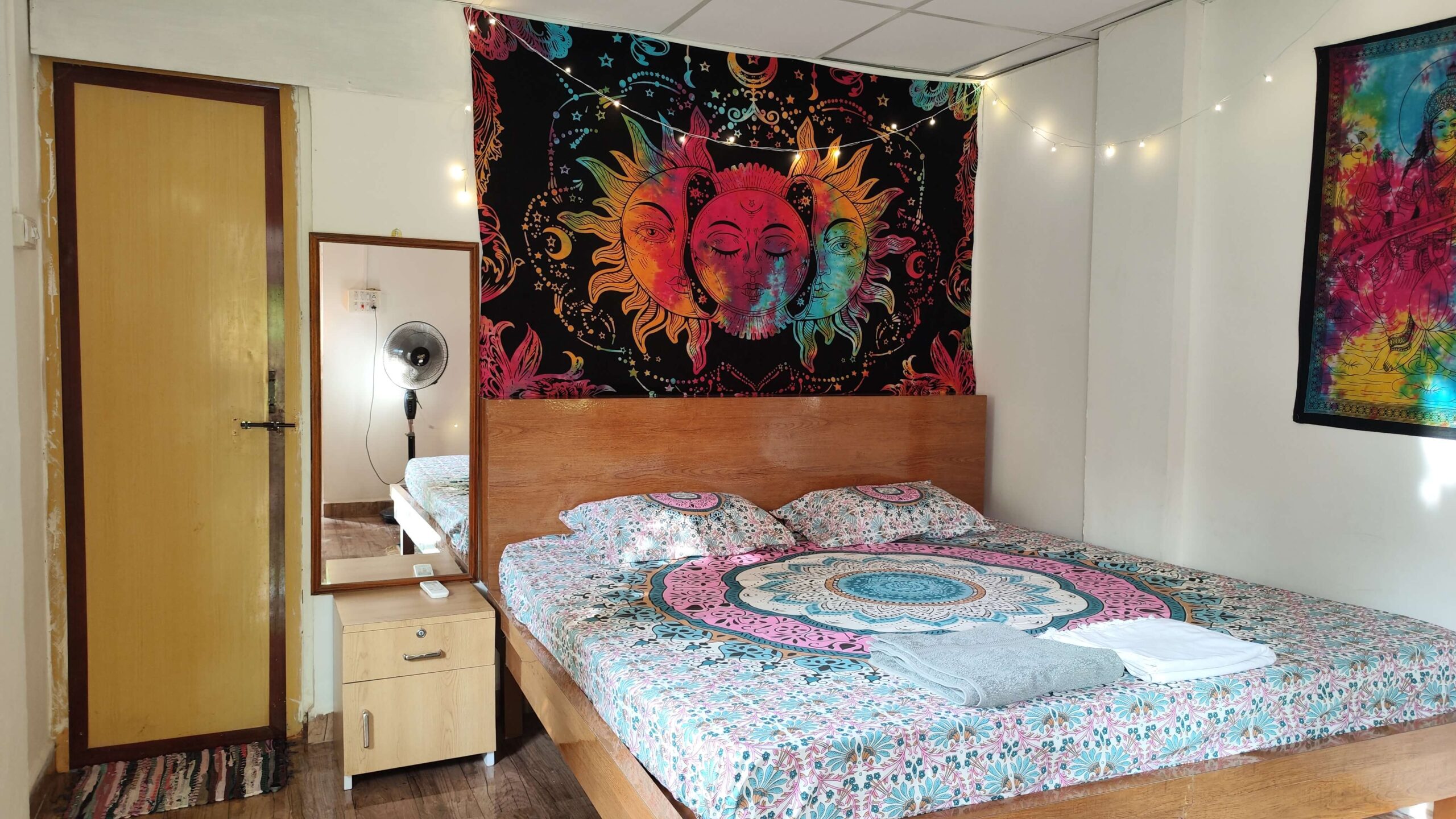

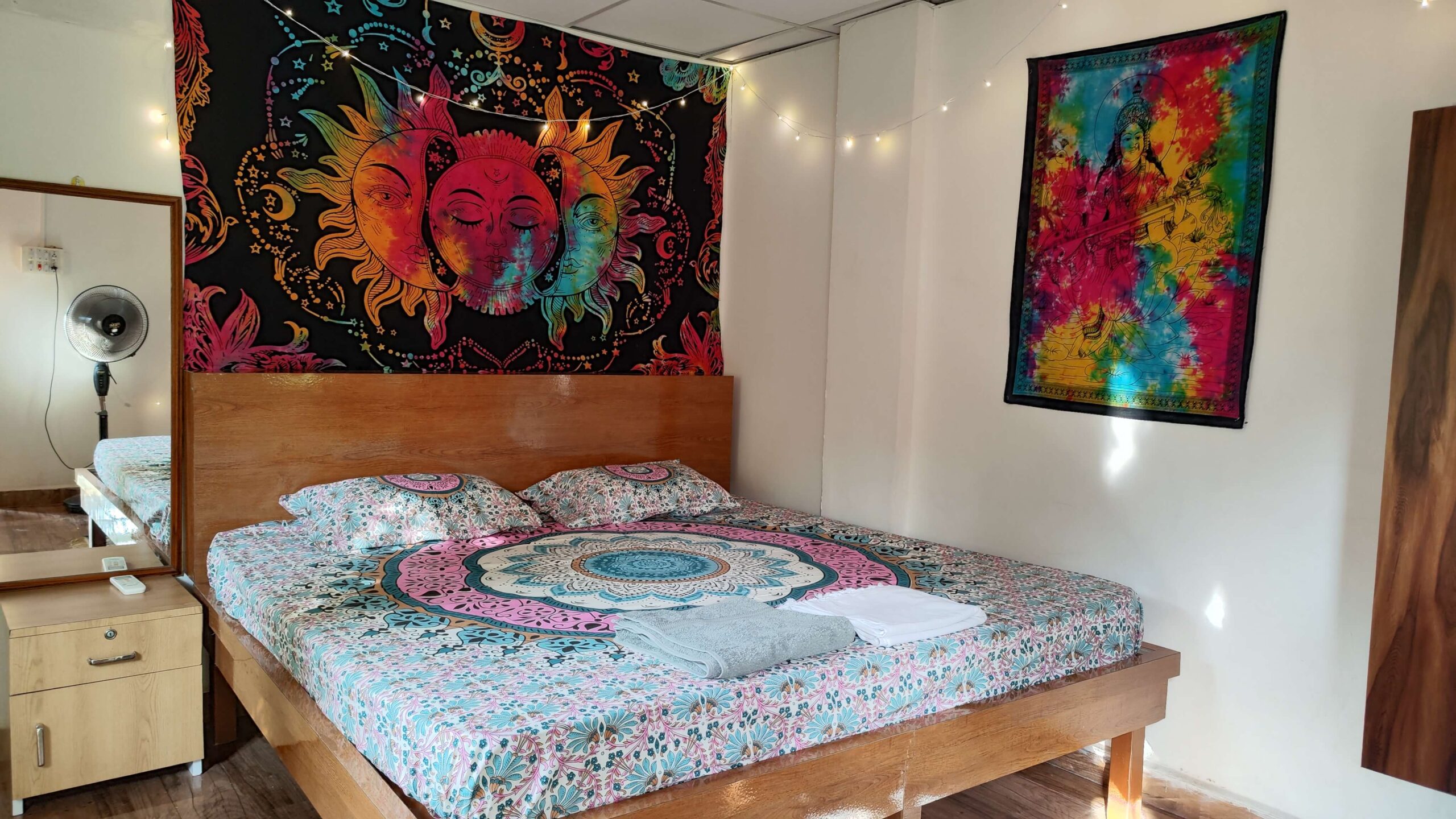
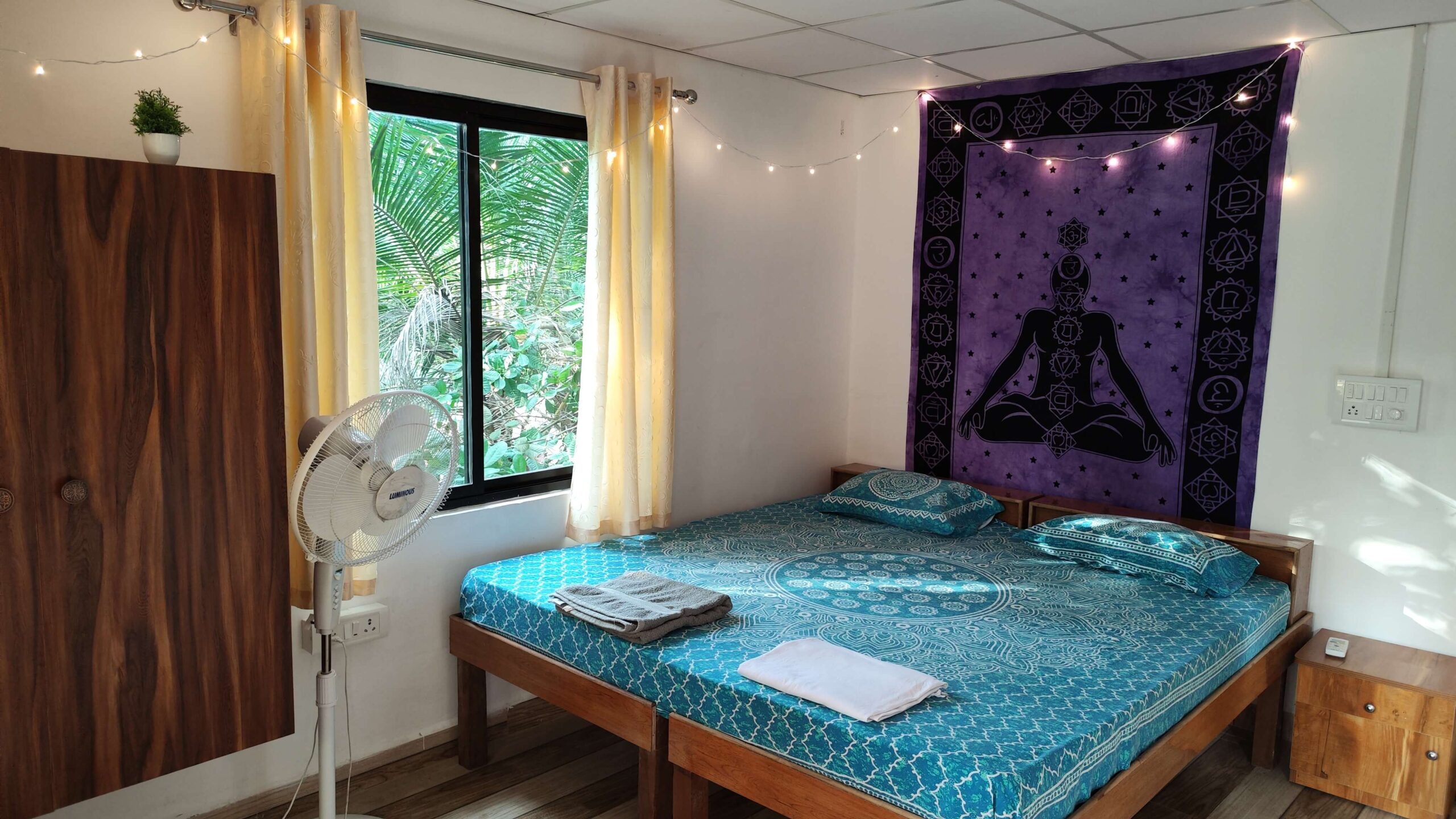

Sarah Thompson